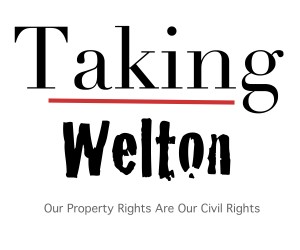A Pipeline Threatens Our Family Land
“This spring a man with a clipboard knocked on Malinda’s door. He wanted permission to survey her property for a natural gas pipeline. My sister asked what would happen if she didn’t sign. Williams Partners, an Oklahoma-based natural gas transporter, would prefer to negotiate, he cheerily said, but the company would invoke the federal right of eminent domain if she didn’t.
The Atlantic Sunrise pipeline is planned to be up to 42 inches in diameter, buried three to five feet beneath yards, fields and woods. It will connect two existing lines, and is cheaper for Williams to build than upgrading what the company already has in the ground. During construction, set to begin in June 2016, a path up to 125 feet wide will be clear cut with chain saws and bulldozers, destroying the trees we’ve always known, the dainty trillium we’ve looked for each year. “Horizontal directional” drilling could be used to run the high-pressure pipeline beneath the Tucquan Creek’s fishing holes and falls.
A permanent 50-foot-wide path will have to be kept clear of buildings and trees — and maintained not by Williams, but by landowners. Pumping, meter and deodorization stations will be built along the route, although Williams has not made a final determination of how many or where.
The Central Penn Line will slice through 178 miles, eight counties and hundreds of properties. Once it is operational, Williams will have access to the pipeline indefinitely, for maintenance and upgrades — and for cleanup after leaks or explosions. Like all major gas transport companies, Williams has a long list of violations and disasters.”
Neumann, Ann. New York Times 12 July 2014.
